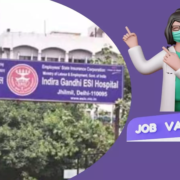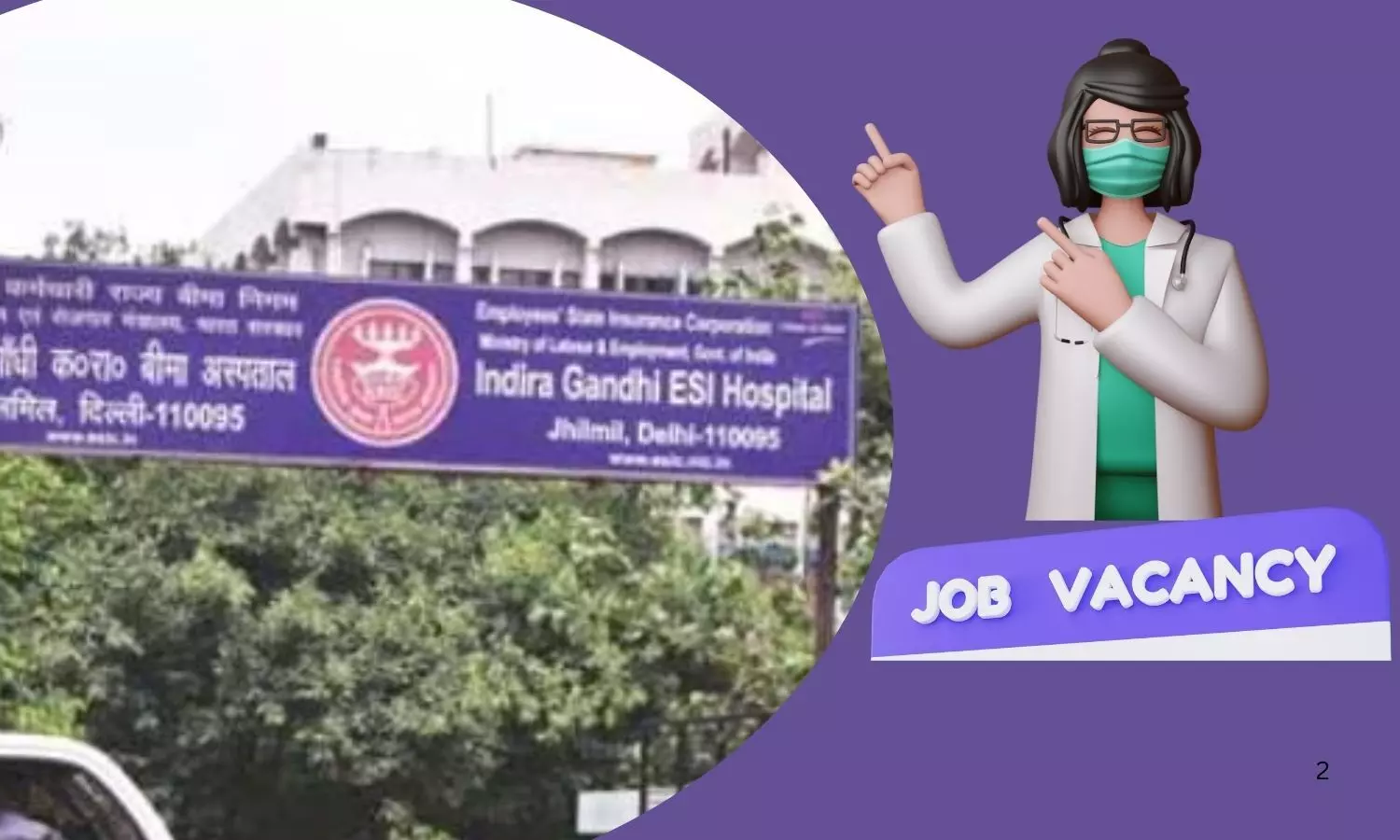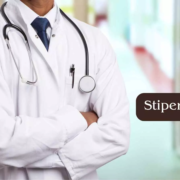Health Bulletin 13/September/2025

NEET PG 2025: Supreme Court postpones hearing by 2 weeks
The Supreme Court of India has postponed the hearing of the National Eligibility-Entrance Test Postgraduate (NEET-PG) 2025 examination-related case hearing.
The top court bench was supposed to take up all the pending matters related to NEET PG transparency today, but the Court has now adjourned the matter for two weeks.
As per the Supreme Court’s official website, the case has been listed for further hearing on 23.09.2025.
Medical Dialogues had earlier reported that a group of NEET-PG 2025 aspirants filed a plea before the Supreme Court challenging the “corrective notice” issued by the National Board of Examinations in Medical Sciences (NBEMS) on August 21.
For more details, check out the full story on the link below:
Supreme Court Delays NEET PG Transparency Case Hearing by Two Weeks
Delhi High Court seeks UPSC reply on reservation for blind, low vision candidates in Combined Medical Services exam
The Delhi High Court recently sought to know the Union Public Service Commission’s (UPSC) stance on a plea seeking one percent reservation for candidates with blindness and low vision in the Combined Medical Services Examination (CMSE).
While considering the matter, the HC bench comprising Chief Justice Devendra Kumar Upadhyaya and Justice Tushar Rao Degela issued notices to the UPSC, the Department of Personnel and Training (DoPT), the Union Ministry of Health and Family Welfare, and the Department of Empowerment of Persons with Disabilities (DEPwD).
For more details, check out the full story on the link below:
Gujarat HC rejects plea to quash charges against Gynaecologist in Childbirth Death Case
Denying to grant relief to a gynaecologist booked for culpable homicide not amounting to murder- IPC 304, the Gujarat High Court recently refused to entertain his plea seeking quashing of the proceedings.
The gynaecologist, along with others, was booked after a woman died during childbirth at a Bavla-based hospital back in May 2024. In this connection, Bavla police registered an FIR on September 2.
For more details, check out the full story on the link below:
Patient dies during childbirth, Gujarat HC Rejects Plea to Quash Charges Against Gynaecologist
India witnessed rise in chronic disease deaths between 2010-2019 amid global decline: The Lancet
A recent study published in The Lancet reveals a worrying trend: the risk of dying from non-communicable diseases (NCDs) has increased in India, unlike the global decline observed in most countries. NCDs such as heart disease, chronic respiratory illnesses, and cancers pose growing challenges, particularly affecting Indian women over 40 and men over 55. Between 2010 and 2019, the probability of dying from NCDs rose to 48.7% for women and 57.9% for men in India, with heart disease and diabetes being the top causes.
This contrasts sharply with declines seen in 152 countries for women and 147 for men worldwide during the same period. Experts point to lifestyle factors, pollution, urbanization, and insufficient healthcare access as key drivers. The study also highlights data quality issues in India, making accurate assessments difficult. The findings underscore urgent need for stronger public health policies, improved healthcare infrastructure, and better data collection to combat rising NCD deaths and protect vulnerable populations in India.
REFERENCE: Bennett, James E et al.; Benchmarking progress in non-communicable diseases: a global analysis of cause-specific mortality from 2001 to 2019; The Lancet, Volume 0, Issue 0; doi: 10.1016/S0140-6736(25)01388-1
Powered by WPeMatico








